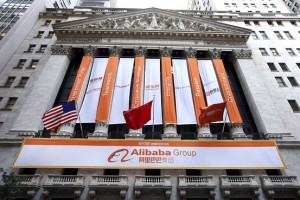A positive online presence can immensely impact the revenue of the company because people often read online reviews before venturing into new things. The article states that some people even value these reviews over the opinions of a friend. Seeing the public’s reliance on review sites, there is a growing market for fake reviews. As a result, up to 15% of the total reviews online are fake because companies can pay as little as $5 to purchase made-up testimonials and deceive future consumers.
As a consumer myself, I also tend to read online reviews before investing in a new purchase or exploring a new restaurant. I have rarely doubted the integrity of online reviews but this article definitely makes me question the credibility of a firm’s online reputation. Firstly, I believe that writing fake reviews is unethical business practice because companies should build honest relationships with consumers instead of using deception to yield revenue. In addition, this leads to unfair competition in the market, where sub-par companies can actually outshine superior companies due to their fake reviews. I think this encourages a vicious cycle where the consumers will be less and less likely to trust online reviews while more and more companies follow the trend of fake testimonials due to the increasing pressure in the market. Furthermore, this problem actually extends beyond having a bad meal; lawyers, dentists and doctors are also using this technique to attract clients, which could affect one’s life incredibly. I believe regulations must be established to restrict these activities but before then, the only thing consumers can do is to sample widely and be cautious and analytical of the comments found online.








